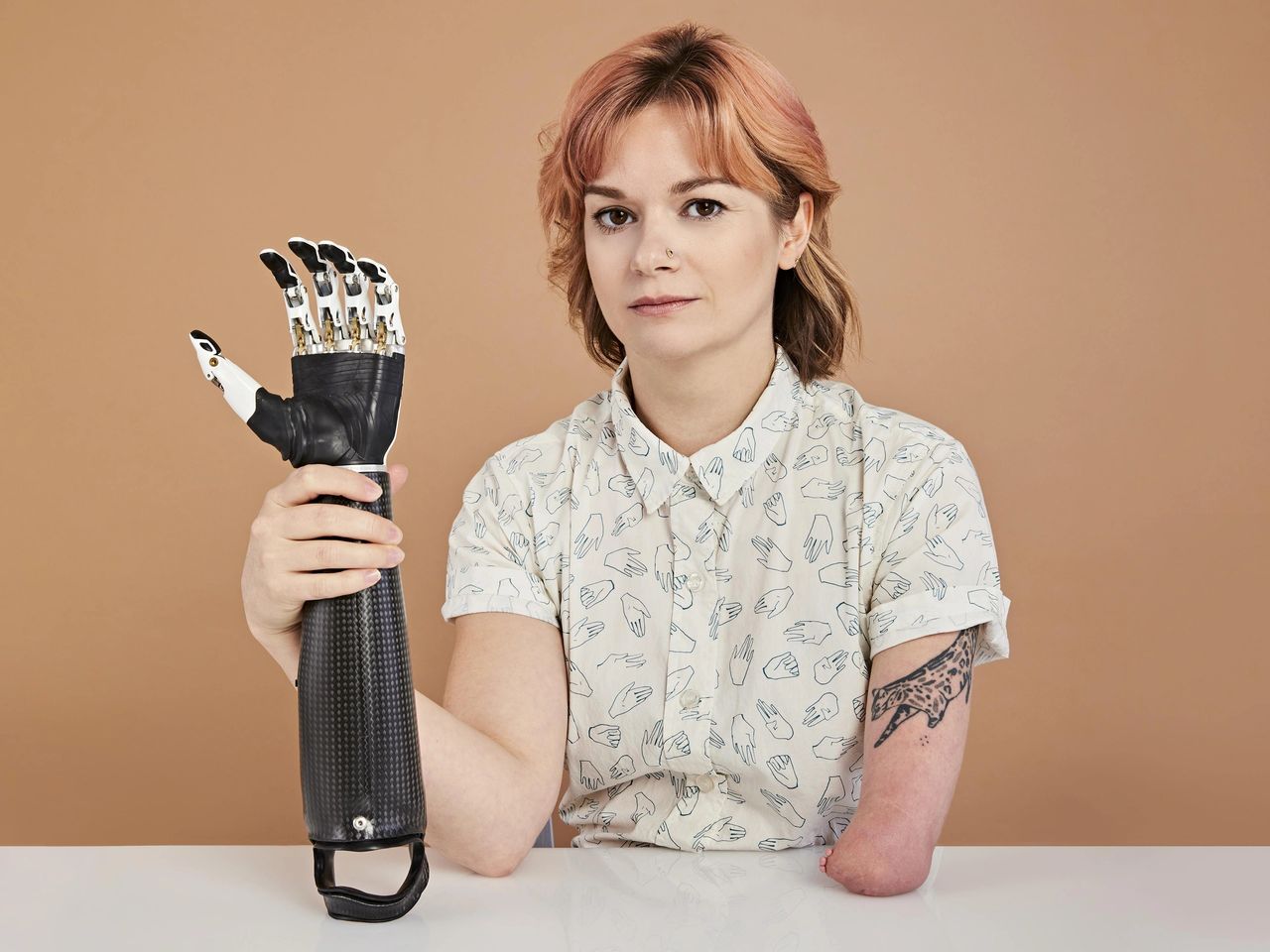Top 10 Reasons for High Myoelectric Abandonment.
Share

Myoelectric prosthetic upper limb devices, heralded as a significant advancement in prosthetic technology, offer promising solutions for individuals with limb differences. However, a staggering 60% abandonment rate among users of these devices suggests a gap between expectation and reality. This article delves into the ten primary reasons behind this high abandonment rate, providing insights for both users and developers in the field of prosthetic technology.
1. Cost and Insurance Challenges
One of the most prohibitive factors is the cost. Myoelectric prosthetics are notably more expensive than their body-powered counterparts. This high cost, coupled with often inadequate insurance coverage, places a significant financial burden on users, leading many to abandon these devices for more affordable options.
2. Weight and Comfort Issues
The additional weight of myoelectric prosthetics, due to electronic components and batteries, can lead to discomfort and fatigue. This discomfort can be significant enough to outweigh the benefits of the device, prompting users to cease using it.
3. Complexity of Operation
Myoelectric prosthetics require a learning curve that some users find too steep. The complexity of operating these devices can be daunting, and if users do not achieve the expected level of proficiency, they may become discouraged and stop using the device. Additionally, the effectiveness of these prosthetics often depends on the ability of existing nerve endings in the residual limb to communicate with the device. This requires precise calibration and sometimes even surgical intervention, adding another layer of complexity to their use.
4. Maintenance and Durability Concerns
These prosthetics demand regular maintenance and are more prone to damage, especially from moisture. The frequent need for repairs or adjustments can be frustrating for users, contributing to the abandonment of the device.
5. Limited Real-World Functionality
Despite offering greater dexterity, myoelectric prosthetics may not meet all the practical needs of users in their daily lives. This gap between expectation and functionality can lead to disillusionment and eventual abandonment of the device.
6. Psychological Adjustment
The acceptance of a prosthetic limb involves significant psychological adjustment. If the device doesn’t align with the user’s self-image or feels uncomfortable, it might be rejected. This aspect is often underestimated but plays a crucial role in the abandonment of these devices.
7. Lack of Sensory Feedback
The absence of tactile feedback in myoelectric prosthetics makes them feel less natural. This lack of sensory feedback can be disconcerting for users, impacting the device's usability and leading to its abandonment. Furthermore, the challenge of establishing a seamless communication pathway between the prosthetic and the residual limb's nerve endings can hinder the intuitive use of the device. While there are ongoing advancements in providing sensory feedback through these prosthetics, it remains a significant hurdle in their widespread acceptance and comfort of use.
8. Battery Life and Power Dependence
Dependency on battery life is a practical concern that can limit the usability of myoelectric prosthetics. Frequent charging or battery failures during daily activities can significantly inconvenience users.
9. Fit and Adjustment Issues
A prosthetic that doesn’t fit well can cause discomfort, skin problems, or pain. A poor fit might result from changes in the user’s residual limb or inadequate fitting services, leading to the device’s abandonment.
10. Personal and Environmental Factors
Finally, individual lifestyle, work requirements, and environmental factors play a significant role in whether a myoelectric prosthetic is suitable for a user. For instance, someone living in a humid climate might face more challenges with such a device.
Conclusion
The high abandonment rate of myoelectric prosthetic upper limb devices underscores the complex interplay of factors that influence user satisfaction and long-term adoption. This situation highlights the necessity of a more holistic, user-centric approach in the development and distribution of prosthetic technology. It is crucial not only to advance the technological aspects but also to consider the financial, psychological, and practical realities of users.
In this context, body-powered terminal devices emerge as a viable option. These devices, often more affordable and simpler in design and operation, can serve as effective alternatives for those who find myoelectric prosthetics unsuitable. They provide a balance between functionality and ease of use, and their lower cost and maintenance requirements make them accessible to a broader range of users.
By offering a choice between myoelectric and body-powered prosthetics, and tailoring these options to individual needs and circumstances, we can significantly improve the adoption and long-term satisfaction with prosthetic devices. The goal should be to provide each individual with a prosthetic solution that best fits their unique lifestyle, needs, and preferences, enhancing their quality of life and independence.
